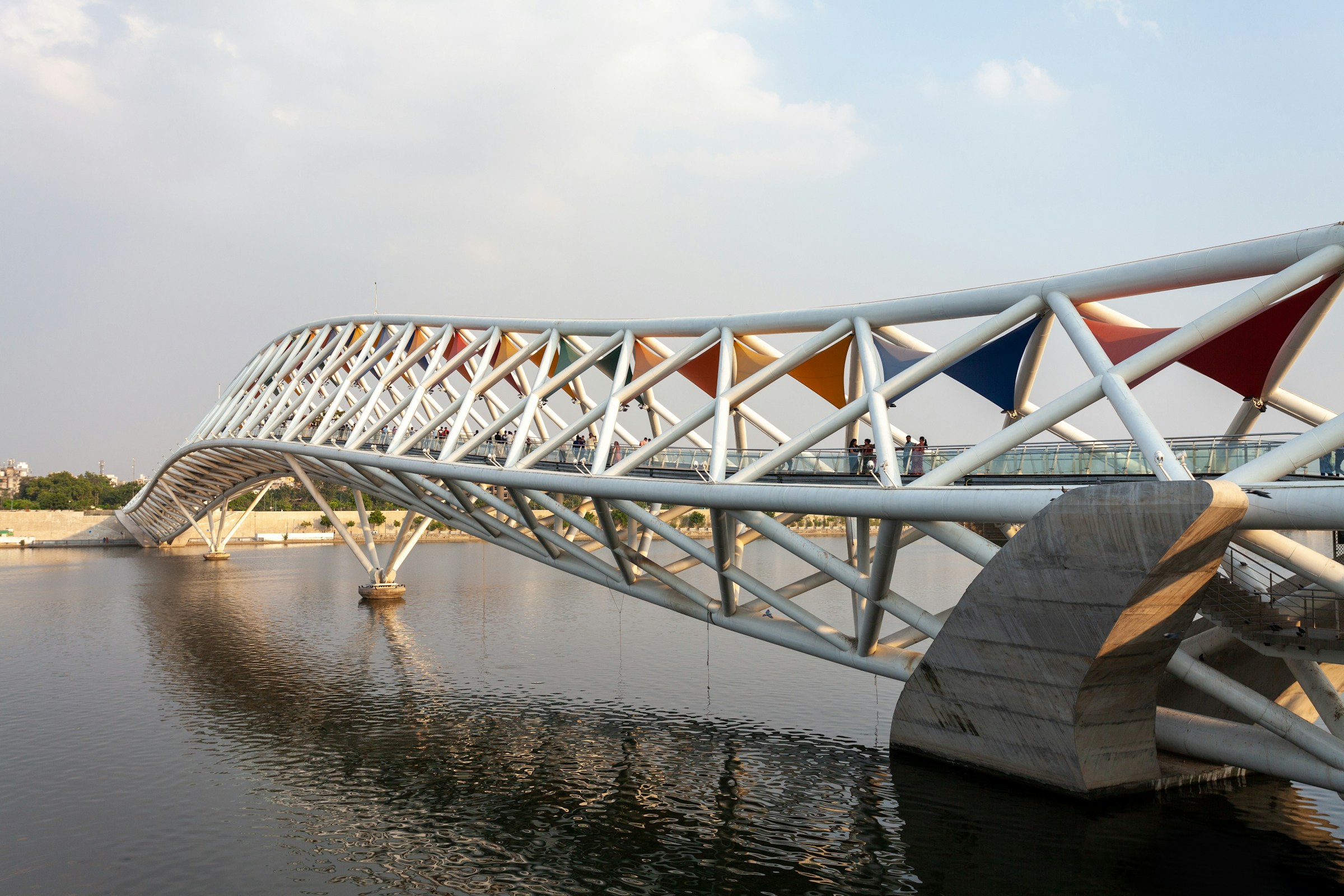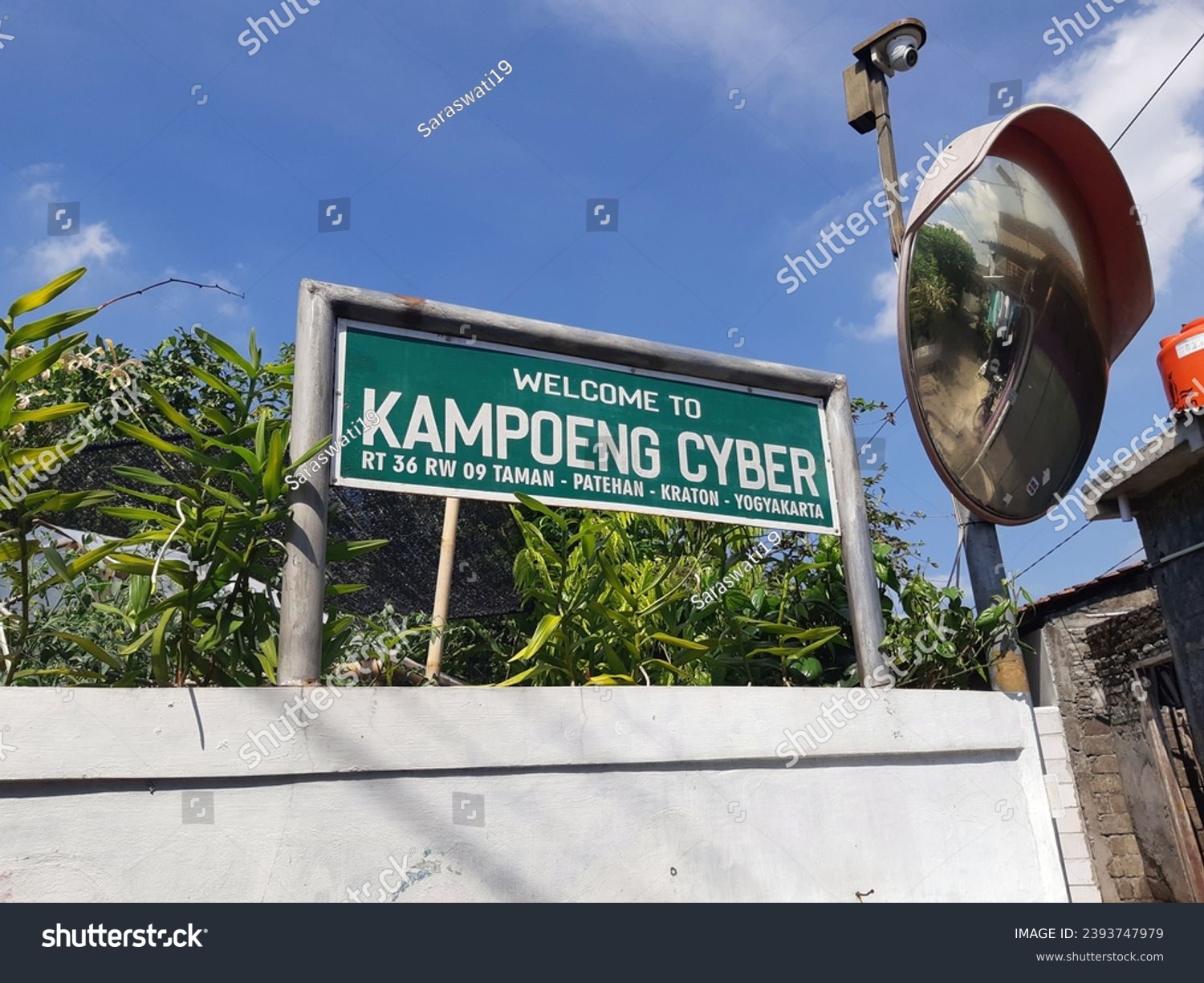Image By: Rowan Heuvel
On a hot afternoon in Ahmedabad, the sun glints off the Sabarmati River, its rays diffused by the city’s persistent haze. Below the bridges that criss-cross the waterway, new promenades have taken shape, shaded by neem trees where men gather to escape the afternoon heat. In the evening, families flock to the newly refurbished banks, gazing out at the steady current. Since 2022, the snake-like Atal Pedestrian Bridge has spanned the river, offering a pleasant alternative to the other traffic-choked crossings.
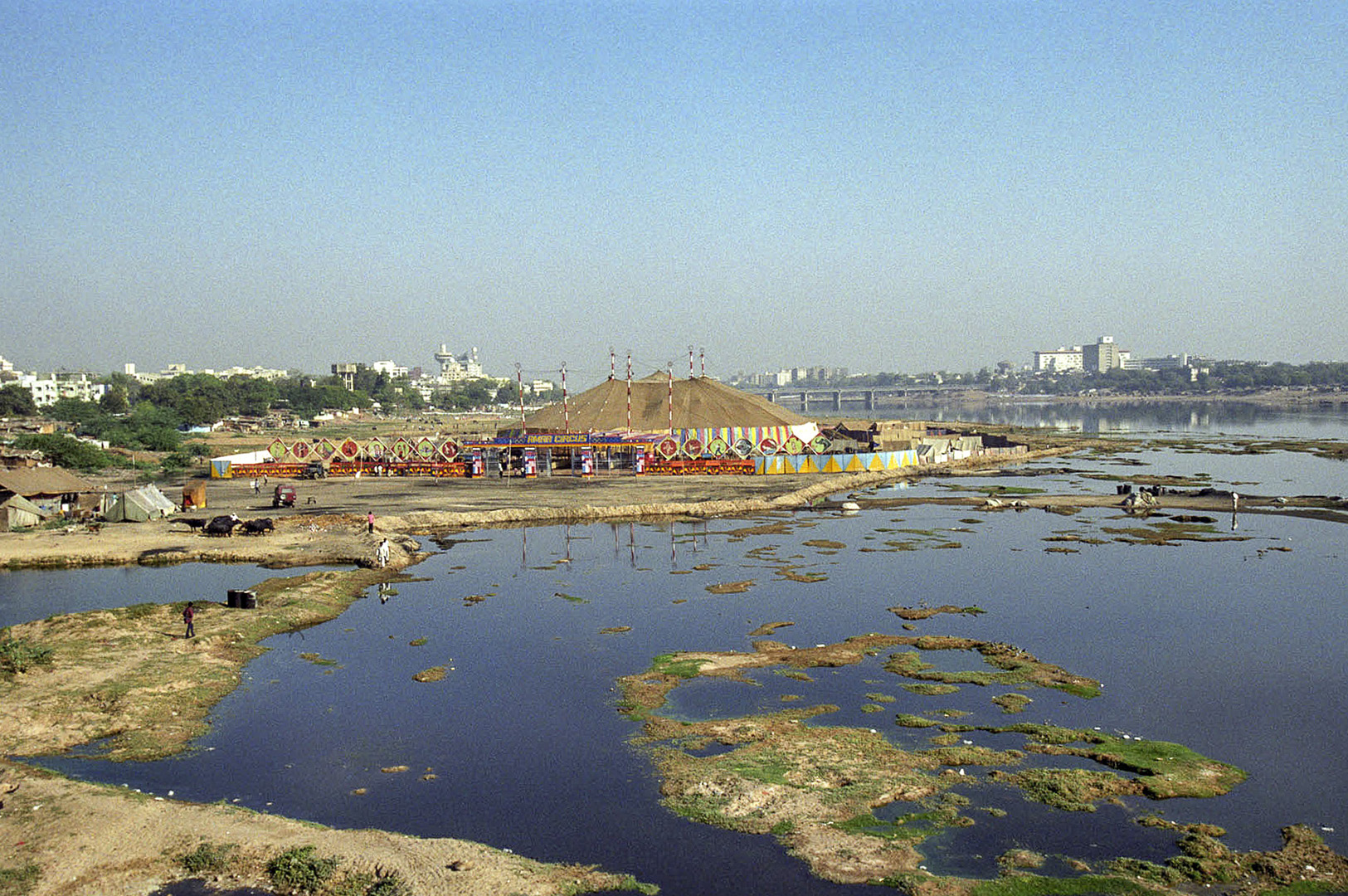
Two decades ago, this was almost unimaginable. The flood-prone Sabarmati was little more than a neglected trickle, hemmed in by informal settlements, choked by sewage and abandoned by all but those with nowhere else to go. Today, it is the centrepiece of one of India’s most ambitious waterfront redevelopments.

The Sabarmati Riverfront Project stretches more than 11 kilometres along both banks of the river, transforming what was once a polluted stream into a civic showpiece. The design is simple but effective: two continuous promenades lined with parks, cultural venues and sports grounds, with access points leading directly down from the city above. A hundred years ago, women gathered on the muddy banks of the Sabarmati to wash clothes. Now they come with their families to enjoy a rare open space in a congested city home to more than nine million people.
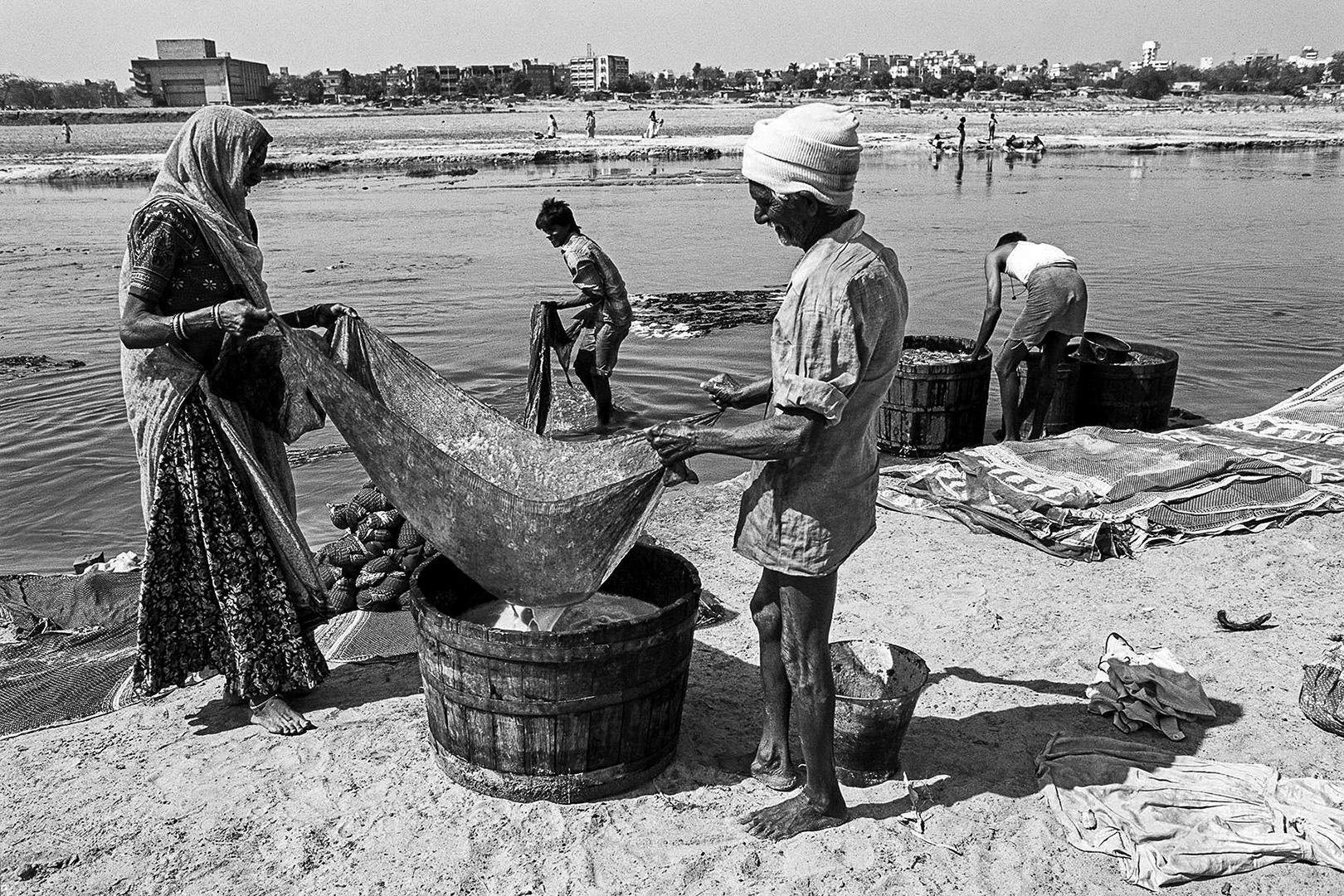
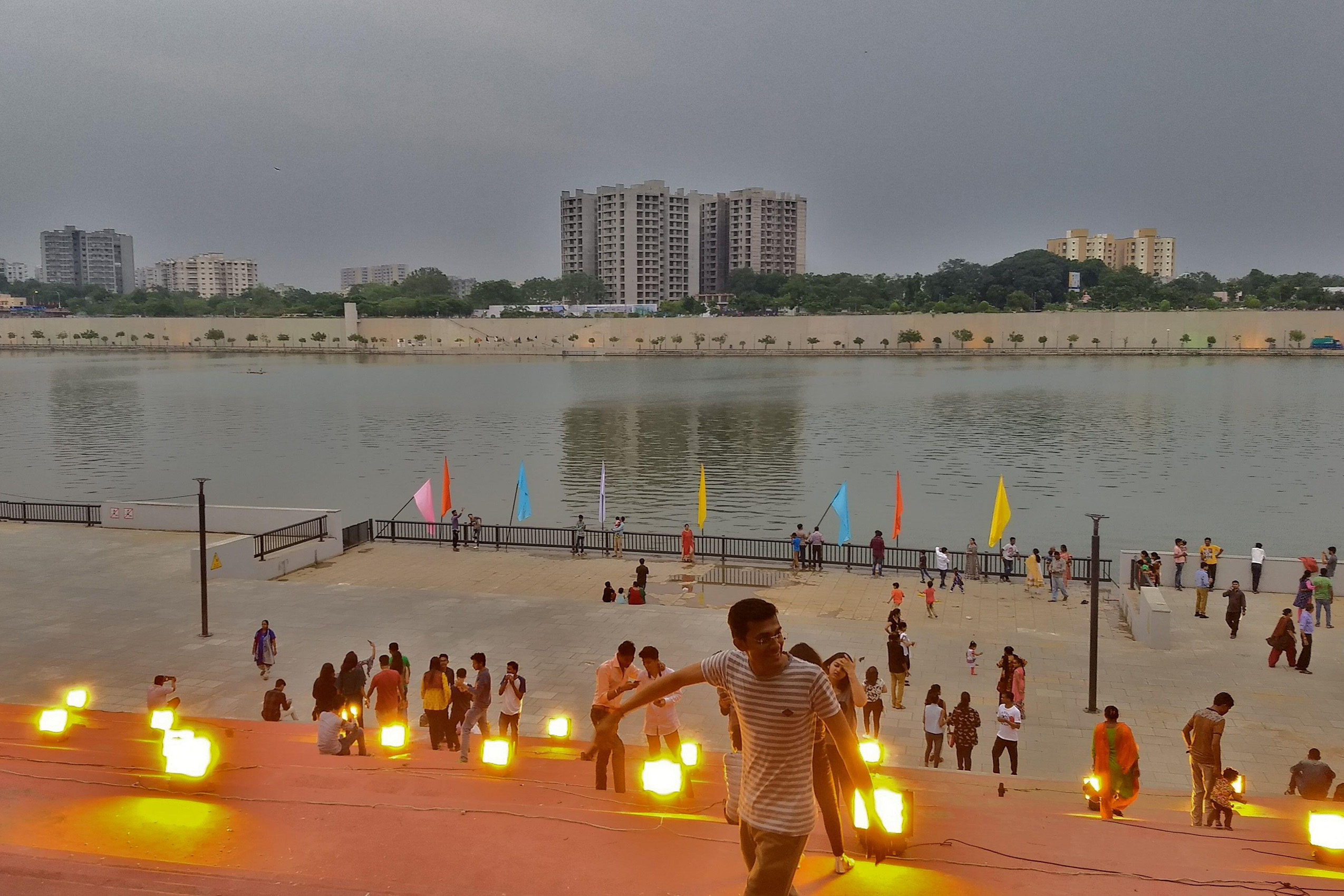
The project was first proposed in the 1960s, finally got underway in 2005 and began opening to the public in phases from 2012. To pay for the enormous cost of reclaiming and stabilising the riverbanks, around 15 per cent of the riverbed area was sold to developers, with the remainder dedicated to public space. It was a clear case of land value capture — using rising property values to fund urban transformation — and it’s largely worked. Auctions of riverfront parcels have continued to generate revenue, ensuring maintenance without crippling the city’s finances.
But the riverfront is more than an economic experiment — it’s an environmental intervention. Beneath the surface of its broad promenades lies a network of interceptor sewers that divert untreated waste to treatment plants, a crucial step in cleaning the Sabarmati. Embankments double as flood defences, designed to protect Ahmedabad against the destructive monsoon torrents that once regularly inundated the city. By reclaiming land and stabilising the river, planners sought not only to enable recreation but resilience.
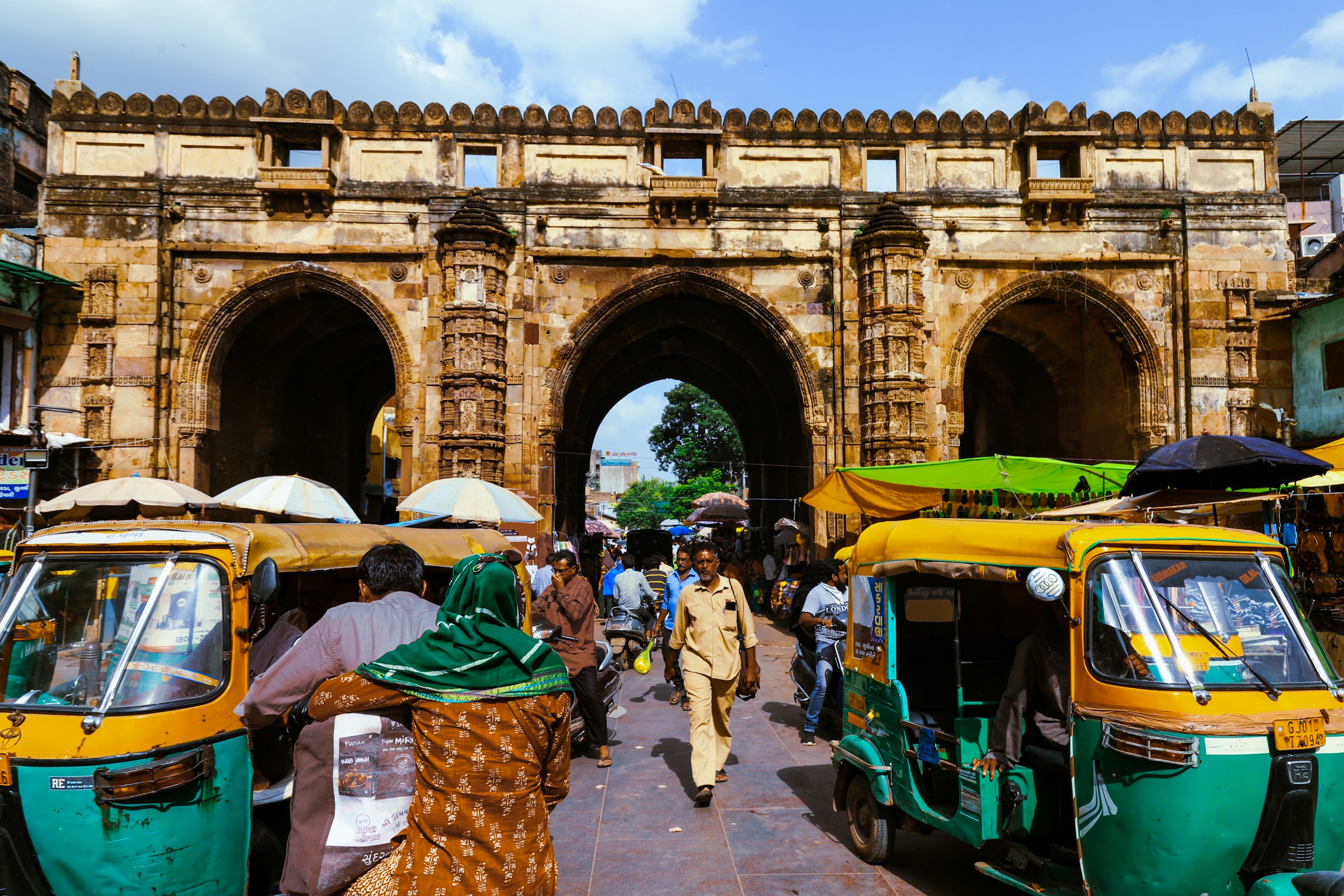
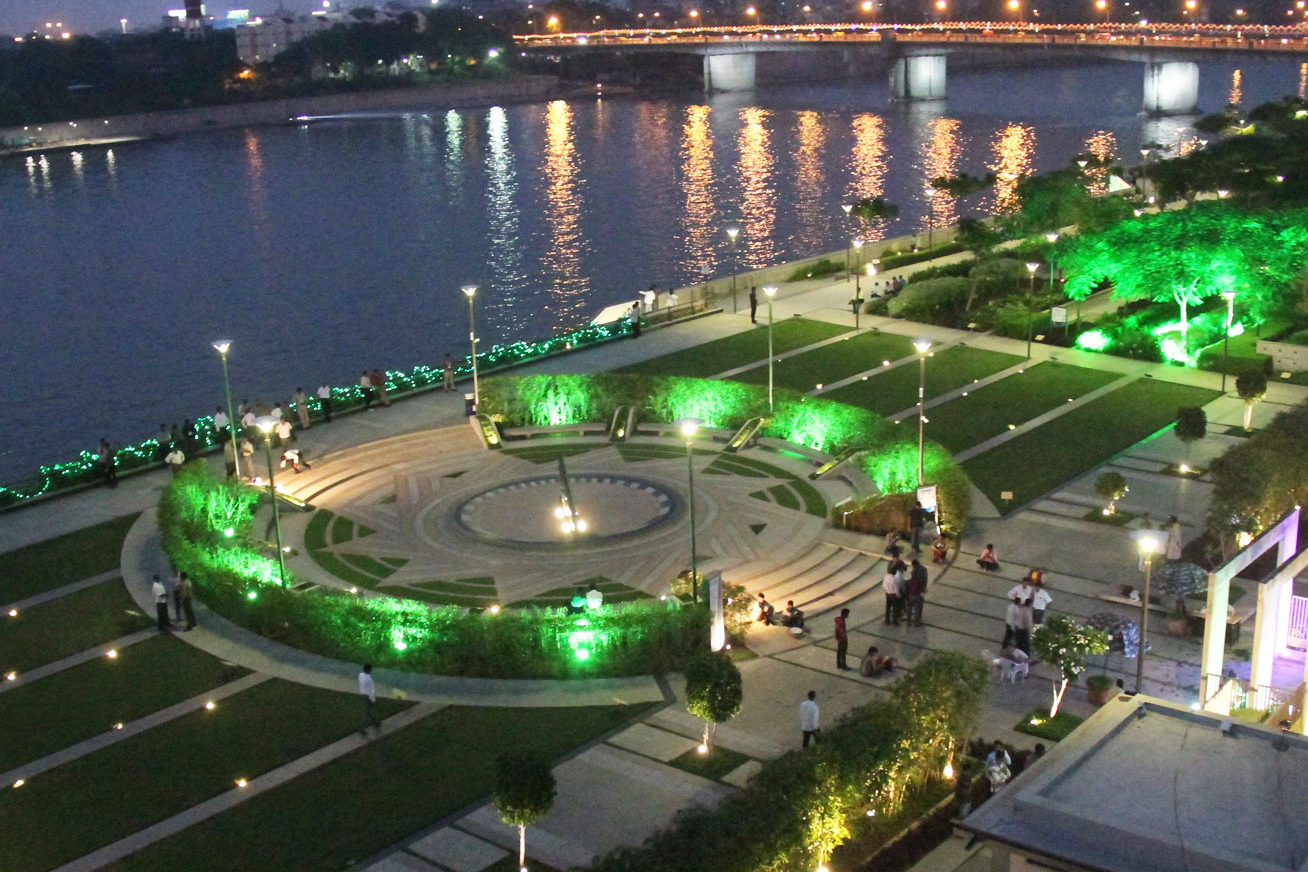
For all its successes, the riverfront remains a subject of debate. Critics note that narrowing the channel has altered its ecology. And the informal dwellers along the river were relocated, raising questions about who truly benefits from this new civic space. The manicured lawns and concrete embankments, while striking, are far removed from the organic wetlands and floodplains that once absorbed water and sustained biodiversity. In this sense, the project reflects both the promise and the compromises of contemporary urban design in India. The challenge for other South Asian cities will be to follow Ahmedabad’s lead while improving on it, finding a way to improve riverfront spaces in harmony with their natural ecology.
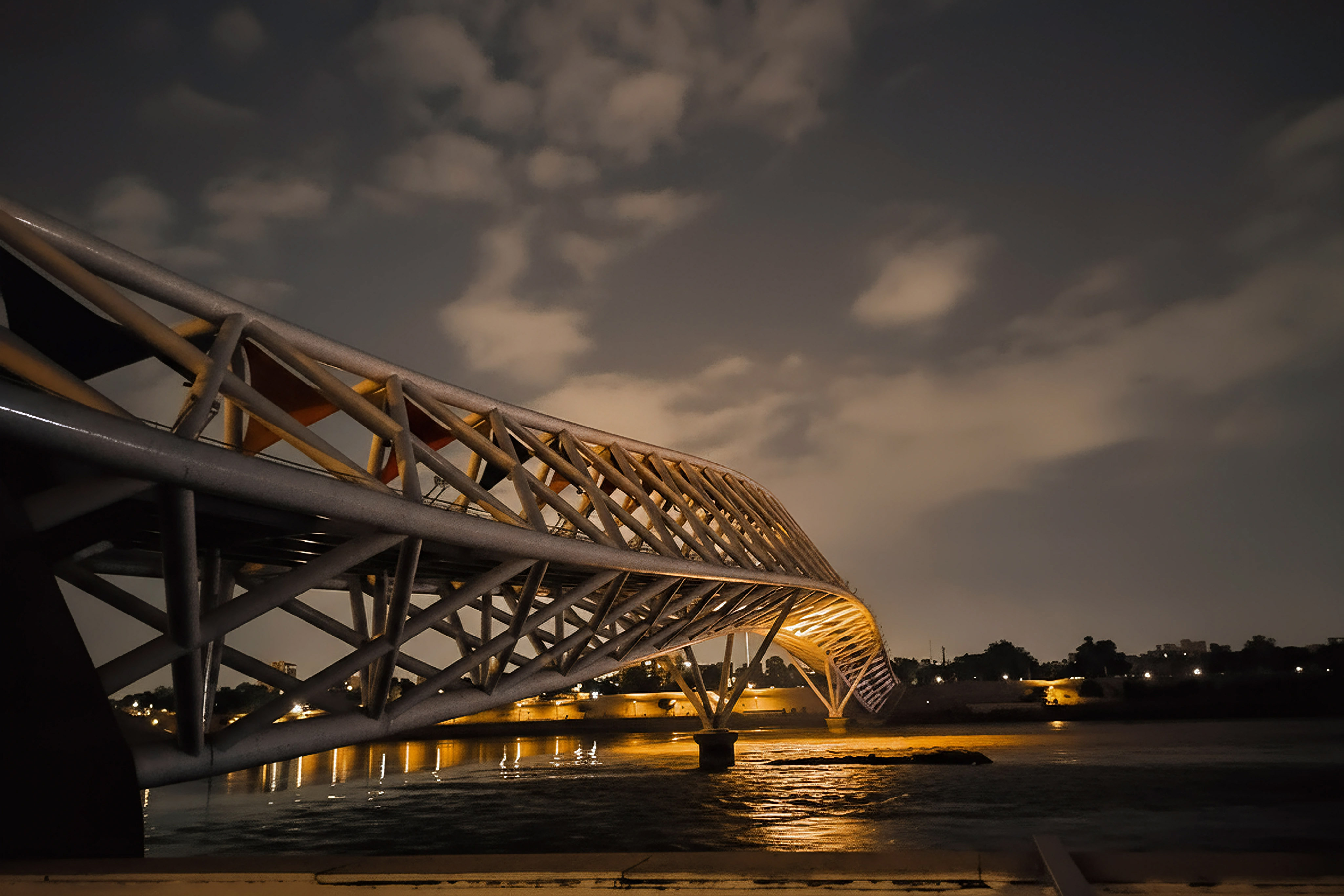
Still, in the evening, the riverfront can seem like an urban miracle. In a city pressed by constant traffic and choking pollution, the Sabarmati has become a place to breathe. It offers a vision of what urban rivers can be: not neglected drains, but shared spaces that balance ecology, economy and everyday life.

